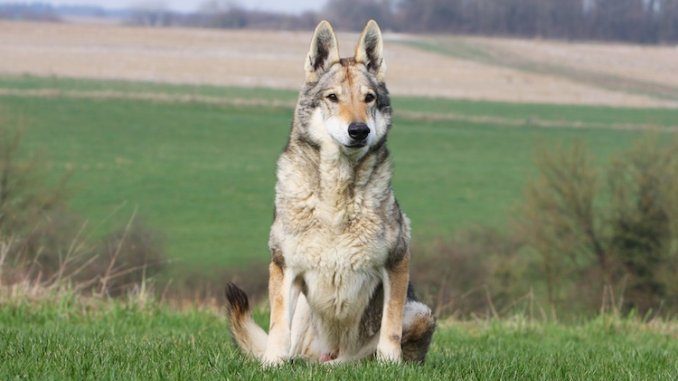
If you would like to own a wolf, but your partner isn’t too sure about it, the Native American Indian Dog could be the perfect dog for you!
You can easily be forgiven for thinking this dog is a stray wolf, although similar in looks to a wolf, the American Indian Dog is very different from their Lupine ancestors.
Loyal as they come, this dog breed is around 30,000 years old, and yet they are still relatively rare and unknown to many dog owners.
Let us have a look at this iconic wolf dog in a little more detail, starting with their history…
| Size | Males are 18 to 20 inches and females between 17 to 19 inches |
| Weight | Males are between 50-120lb and females are smaller between 45-100lb |
| Lifespan | 14-19 years |
| Breed Type | Mixes and more |
| Purpose | Family Pet/Companion Dog |
| Suitable For | Experienced & Active Dog Owners |
| Color Variations | Silver, Black, Gray or Brown |
| Temperament | Intelligent, Loyal, Active, Protective, Shy (Aloof) |
| Other Names | American Indian Dog |
TABLE OF CONTENTS
Native American Indian Dog – Breed Overview
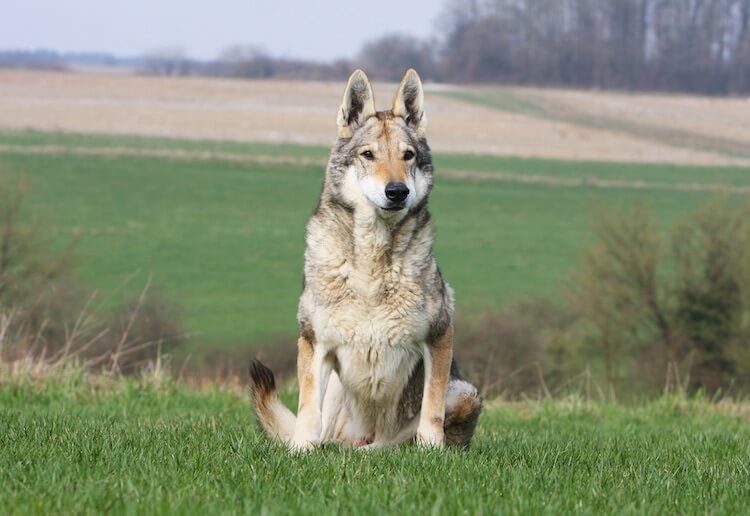
The Native American Indian Dog is a dog dating back thousands of years.
Some geneticists believe this dog is the missing ancestor between the wolf and the domestic dog as we know it.
Indigenous to the whole of America (both North and South) this dog was used for herding, tracking, hunting and guarding.
The original bloodline of the breed is now extinct, modern breeders selectively bred this dog to try and emulate this perfect wolf dog.
Native American Indian Dog breeders used historical documents, paintings and photographs to try and bring back this extinct dog breed.
Although this modern dog is not an exact match of their ancient ancestors (which was kept as a pet of the Native American People), it is the closest that modern breeding will allow.
Since their origin, this dog (and their ancient ancestors) have had many working roles including:
- Law Enforcement (i.e. Police Dogs)
- Search and Rescue Dogs
- Therapy and Service Dogs
- Hunting and Tracking
- Babysitting/Nanny Dog
This dog breed is not recognized by the American Kennel Club as a purebred dog.
However, they are recognized as a purebred dog by several other breed clubs including: the Native American Indian Dog Registry, the National Kennel Club and the Dog Registry of America.
Native American Indian Dog Puppies
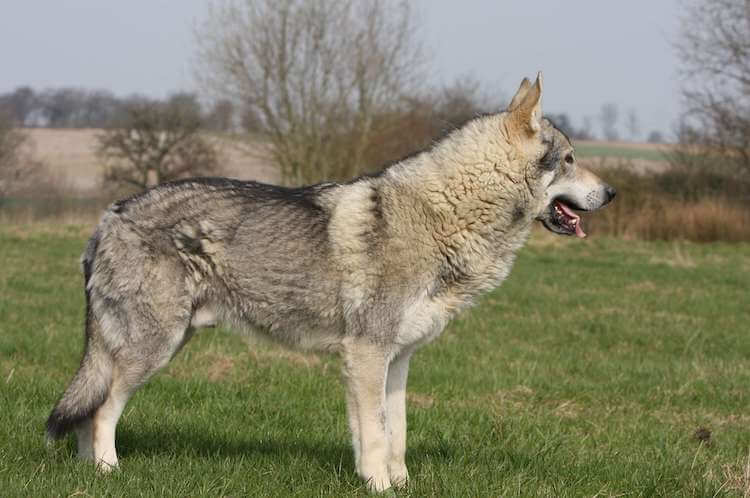
Native American Indian Dog puppies are known to be very independent and strong willed.
For this reason, it is important to start socializing your puppy as soon as he or she comes home so that they learn how to deal with new environments and situations in a positive way.
Because they are an incredibly rare dog and there are very few recognized breeders this can make the dog both hard to find and expensive.
As a result, the average price for a Native American Indian Dog puppy is between $1,500 to $2,000 USD.
Litter size usually varies between 4 and 10 puppies depending on the size of their mom (i.e. Dam).
When looking to purchase one of these dogs, it is important to know exactly what you are looking for.
Poor breeders, or puppy mills, will attempt to pass off Husky mixes and even Coyote crosses as a Native American Indian Dog.
Be sure to ask to see the mother of the puppies and try to choose a registered breeder who has pedigree and bloodline which is recognized by the International Indian Dog Owners and Breed Association.
A well established breeder will easily be able to provide this.
Native American Indian Dog Temperament
Best described as gentle giants, these dogs have nothing but love for their owners.Native American Indian Dogs are best known for their intelligence and loyalty.
Making great family dogs, they are protective of their families, loving nothing more than to be by their side and to occasionally chase the postman or mailman!
Their protective nature can be curbed with socialization, however with patience, strangers can win them over.
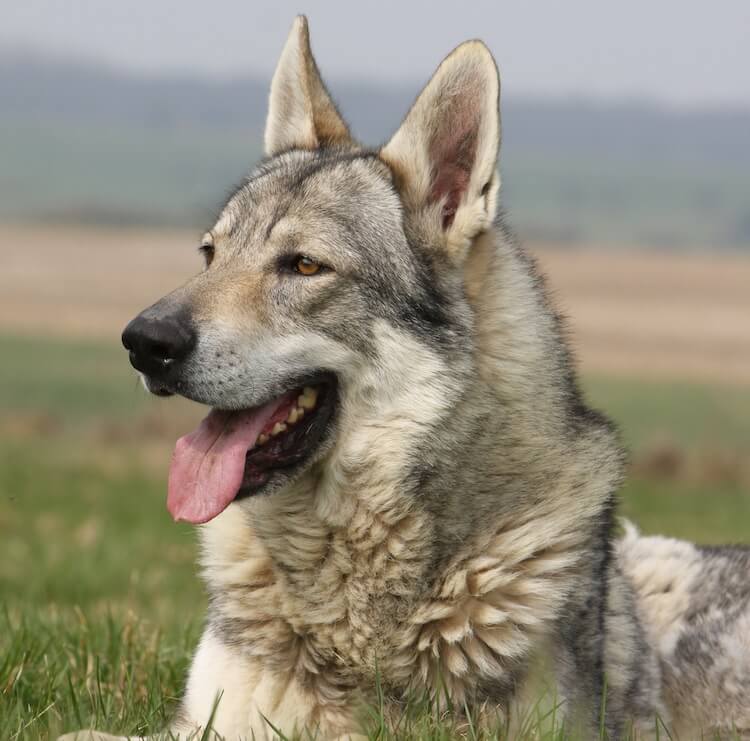
Despite their wolf like appearance, this dog gets on well with children and other household pets and have even been known to coexist peacefully with livestock!
The Native American Indian Dog can get on very well with children as long as they are socialized correctly when young.
Their fierce loyalty to their owners means they can be incredibly shy and aloof with strangers and unknown animals – this can be corrected with early socialization.
This incredibly loyal nature means that the Native American Indian Dog is prone to suffering from separation anxiety when left alone for extended periods of time.
As a puppy, you should train leaving them on their own for short periods of time and slowly building up to longer periods may result in a dog who’s happy to be left on their own for a few hours at a time.
This can also be improved by leaving them lots of toys and games to play.
How To Care For A Native American Indian Dog
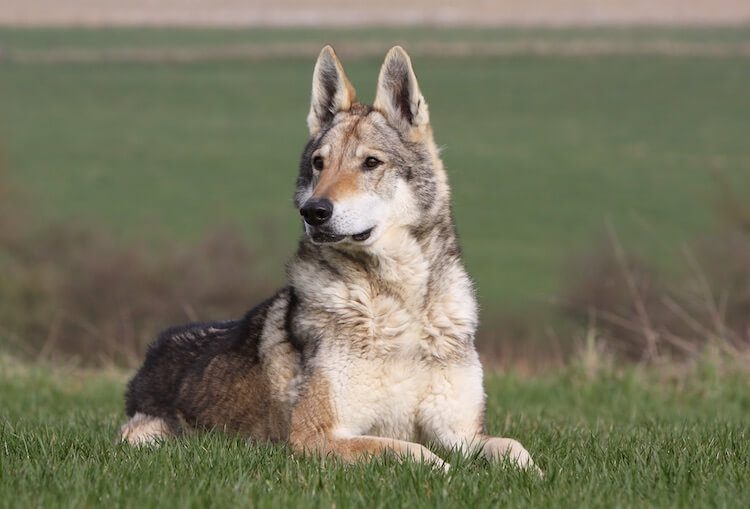
This dog is suitable for people from all walks of life if they have the time and the space required for their exercise needs.
Due to their socialization requirements (e.g. to reduce separation anxiety and aloofness with new people and animals), and amount of exercise they require; it may be best to only adopt this dog if you have prior experience with owning dogs.
Food and Dietary Requirements
| Daily Food Consumption | |
|---|---|
| Guide | 1,200 calories |
| Cups of Kibble | |
Whilst these dogs are not known to be fussy eaters, and will do well on most types of dog food, they do require a high quality feed.
Dog feeds should consist of around 20% protein and between 7 to 10% fat.
The easiest way to feed your Native American Indian Dog is with a wet (i.e. canned, diet, however this can be expensive.
If it works out too expensive, raw feeding is a much cheaper alternative but is more difficult to prepare (i.e. defrosting).
Whatever you decide to feed your dog, it is important to make sure the main ingredient listed on the packing is a good source of meat (e.g. Chicken, Turkey, Lamb).
If you have children at home, they will more than likely want to give your new dog lots of treats (especially during training)!
Make sure this is factored into your dog’s food allowance and you can try healthy alternatives such as: carrot sticks and apple slices.
Exercising Your Wolf Dog
| Daily Exercise Requirements | |
|---|---|
| Minutes | 45 minutes |
| Activity Level | |
This wolf-like dog is a highly active dog who loves the outdoors.
Apartment living isn’t the best accommodation for these dogs, they need access to a fenced in yard where they can always self-exercise.
Native American Indian Dogs are very easy-going dogs, and so a variety on types of exercise could be very rewarding for this breed type:
- A brisk jog could be a fun way to change the pace at which you take your dog out.
- If your dog enjoys swimming, perhaps take them somewhere they can safely dip their paws in the water.
- Trips to a dog park or dog beach can be a way for your dog to self-exercise by playing with other dogs.
- Taking them hiking or trail walking can be a way for you both to get back to nature.
Generally speaking, these dogs do very well off lead and have excellent recall, but this may be something to work on during training sessions.
Whilst taking your dog out in public, you should also observe their behavior and body language when meeting strangers as they can be aloof.
Training This Dog
Native American Indian Dogs are naturally intelligent.
Bred for working, these dogs take to training like a fish in water!
Their natural drive as people pleasers makes them a very versatile dog, excelling in all fields from police and military work to basic obedience training.
Consistency is key with dog training.
It is important to establish yourself as a leader (without using dominance and violence), but instead with consistency and positive reinforcement.
A firm “NO!” is usually enough to discourage this dog. Ultimately, your words and body language will be enough of a correction.
Never use physical punishment with a Native American Indian Dog. It is unnecessary and ineffective.
Their drive to please you will be enough to stop them in their tracks if you let them know you’re not happy.
It is important to note that these dogs do not crate train well. As previously stated, these dogs need constant access to an outdoor area where they can self-exercise.
A good idea is to engage your dog in games such as flyball, disc competitions and canine agility.
All of these games provide both a physical and mental challenge for your dog!
Health Problems
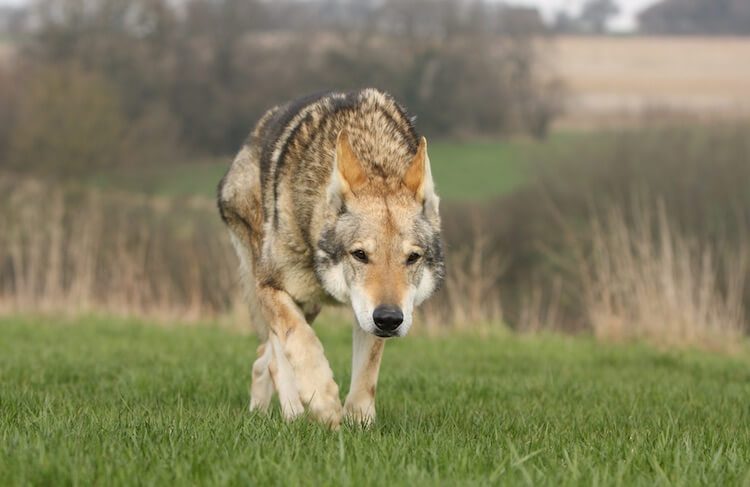
Due to their careful selective breeding, this dog has very few health issues.
The biggest problem seen in the breed is hip dysplasia, which is very common in larger dogs.
There is a genetic predisposition towards hip dysplasia, so it is possible to test parents to see if they are carriers of the gene.
Hip scoring may also be possible, although a common mistake is to hip score the puppies as hip dysplasia is a developmental condition that is usually first seen around two years of age.
Consequently, asking your breeder to hip score the parents to get an idea of how likely the condition is to develop could be beneficial.
As a result of this, they generally have a very long lifespan for such a big breed (anywhere between 14 and 19 years of age).
American Indian Dog Size, Appearance and Coat
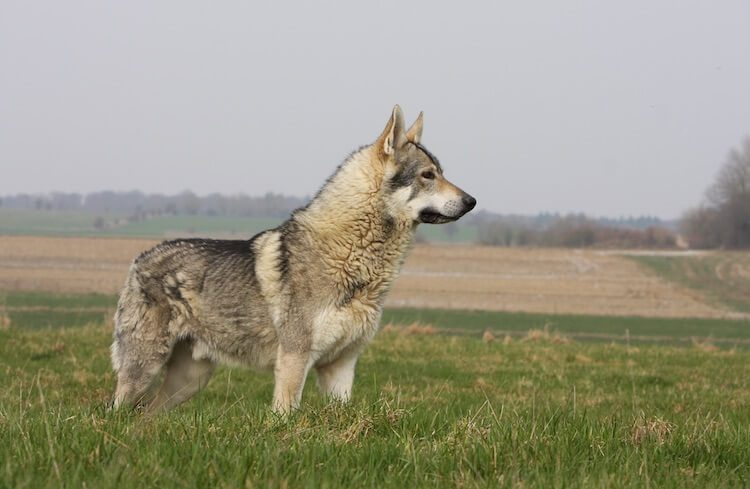
The Native American Indian Dog is incredibly wolf-like in its appearance.
You can easily identify this dog with thick, gray fur on a long, slender body, with a slender (but bushy) tail. Tails may be kinked but a straight tail is preferable.
They are strong dogs, and yet they move gracefully and silently through the wilderness.
This dog has a double coat, a short, dense undercoat and a thick, fluffy overcoat.
Despite their endless amount of hair, this dog is generally considered to be low shedding, and even in some cases hypoallergenic.
The coat is often silver and/or black, with a tortoiseshell type pattern. Occasionally you may see a red Native American Indian Dog (i.e. brown).
Grooming Guide
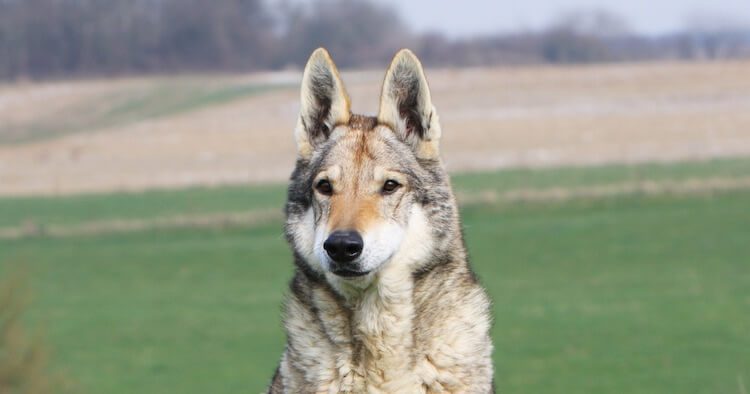
The Native American Indian dog will shed lightly all year round, so weekly brushing is essential.
In spring, they “blow out” their winter coats, and will heavily shed for a week or so. At this point, they will require daily brushing to remove all the loose hair and keep the coat shiny.
A good brush will be a pleasant bonding experience for you both.
Their coats do not need clipping as their double coat naturally allows them to regulate their temperature.
These dogs are known to be very clean dogs; low odor and low shedding makes for one clean dog!
Consequently, they do not need bathing very often, unless they are muddy, you shouldn’t need to bath them.
Summary
The Native American Indian dog is very loving and loyal, making them a perfect match for anyone or any family looking for an active canine companion.
They are best suited to those who have owned dogs before and have a basic knowledge of dog training, and could potentially compete them in a working or sporting job.
This dog thrives on consistency so an experienced trainer will be an asset and make the whole process smoother.
Regardless of your competitive spirit, these dogs need a lot of exercise, both physical and mental which is something to consider when looking to purchase one of these majestic dogs.
Do you have a Native American Indian Dog at home or are you thinking about getting one? If so you’ll find our best wolf names handy to read!
Let us know your thoughts on this brilliant breed in the comments below!

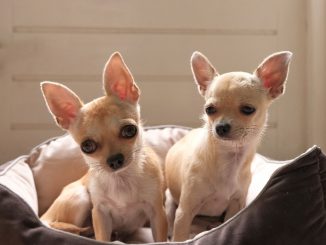
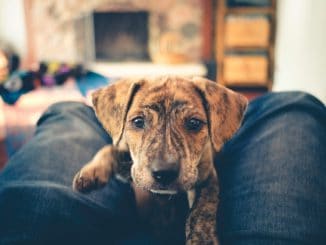
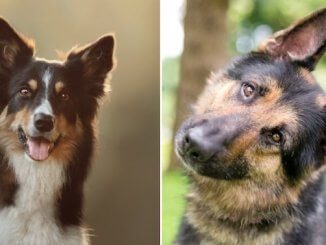
I rescued a husky puppy, but I think he looks more like one of these dogs. He is shy and gets along with cats very clingy and smart sheds a lot. He acts differently than my last two huskies, my vet said he acted like a wolf hybrid and looked like one.